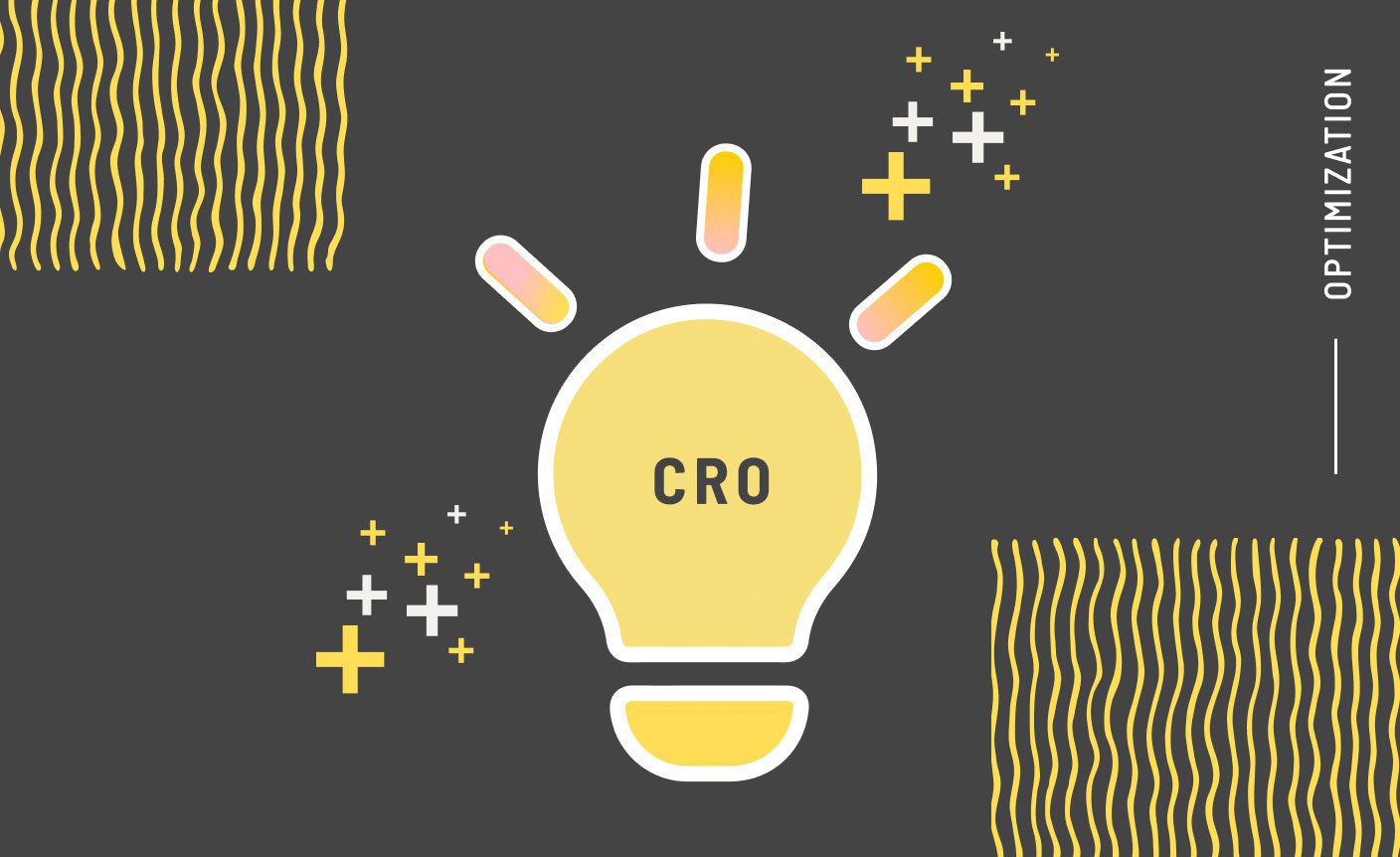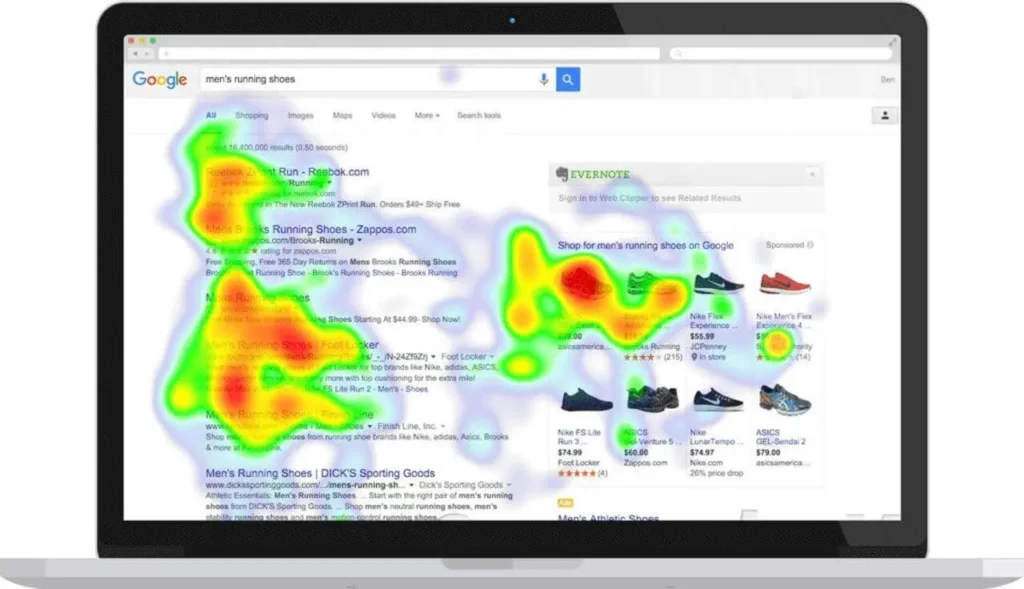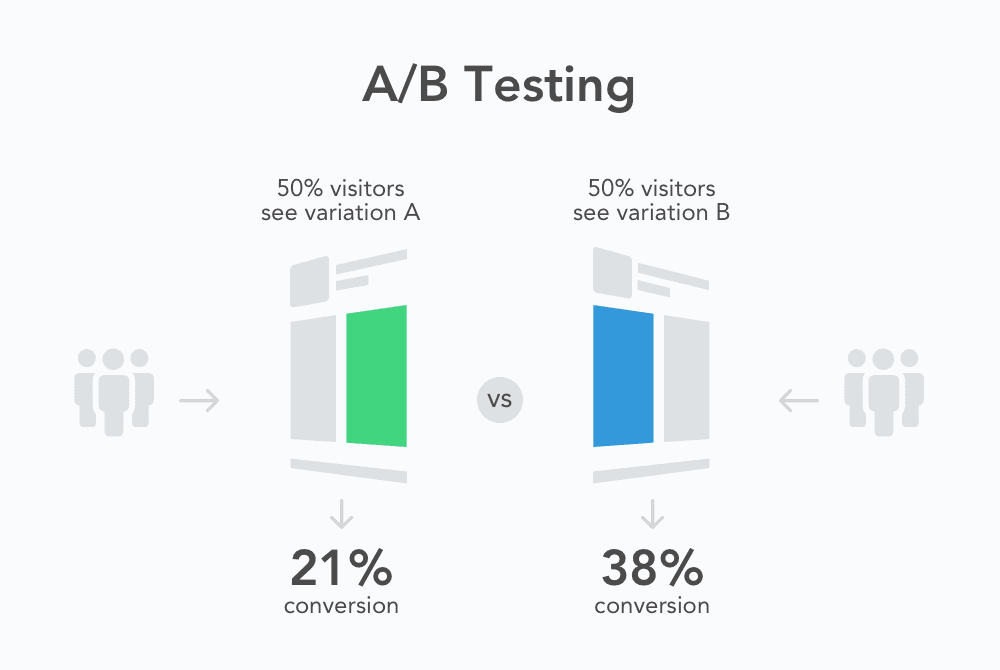In the competitive world of ecommerce, especially in bustling markets like Sydney, every small improvement in conversion rates can lead to significant business growth. Mastering the art of hypothesis formulation and validation is essential for any ecommerce store looking to optimize its performance and enhance customer experience. By crafting well-informed hypotheses and rigorously testing them, businesses can uncover valuable insights that drive smarter decisions and measurable results. In this comprehensive guide, we’ll explore effective strategies for developing and validating hypotheses tailored specifically for Sydney’s ecommerce landscape, empowering you to boost your conversion rates and stay ahead of the competition.
1. Understanding the Importance of Hypothesis Formulation in CRO
Understanding the Importance of Hypothesis Formulation in CRO
In the dynamic world of ecommerce, especially within competitive markets like Sydney, Conversion Rate Optimization (CRO) plays a pivotal role in driving business growth. At the heart of successful CRO lies the art of hypothesis formulation—a critical step that guides your optimization efforts with clarity and purpose. A well-crafted hypothesis acts as a roadmap, allowing you to make data-driven decisions rather than relying on guesswork or assumptions. By clearly defining what you expect to happen and why, hypotheses enable you to structure experiments that test specific changes to your website, such as tweaking call-to-action buttons, modifying product descriptions, or improving site navigation. This not only ensures that your optimization efforts are focused but also helps in efficiently identifying what truly impacts user behavior and conversion rates. Without a strong hypothesis, CRO initiatives risk becoming scattered and ineffective, wasting valuable time and resources. In essence, hypothesis formulation is the foundational step that transforms CRO from a trial-and-error process into a systematic, scientific approach—empowering Sydney’s ecommerce stores to unlock their full potential and achieve measurable improvements in customer engagement and sales.

2. Key Elements of a Strong Hypothesis for Ecommerce
A strong hypothesis is the foundation of any successful Conversion Rate Optimization (CRO) strategy, especially in the competitive landscape of Sydney’s ecommerce stores. To craft an effective hypothesis, several key elements must be considered. First, clarity is crucial—your hypothesis should be straightforward and easy to understand, clearly stating the expected change and its anticipated impact on user behavior or conversion metrics. Second, it must be specific and measurable; vague assumptions won’t provide actionable insights. For example, instead of saying “Improve website design to boost sales,” a strong hypothesis would be “Changing the ‘Add to Cart’ button color to red will increase click-through rates by 10%.” Third, your hypothesis should be rooted in data and customer insights, such as user behavior analytics, feedback, or A/B test results, ensuring it addresses real pain points or opportunities. Lastly, it should be testable within a reasonable timeframe and with the resources available. By incorporating these elements, ecommerce businesses in Sydney can systematically validate their assumptions, make data-driven decisions, and ultimately enhance their conversion rates.
3. Crafting Hypotheses Tailored to Sydney’s Ecommerce Market
Crafting hypotheses tailored to Sydney’s ecommerce market requires a deep understanding of the unique characteristics and consumer behaviors prevalent in this vibrant city. Sydney’s diverse population, high internet penetration, and competitive retail landscape mean that ecommerce businesses must develop precise, data-driven hypotheses that address local preferences and challenges. When formulating a hypothesis, start by analyzing customer demographics, purchasing patterns, and seasonal trends specific to Sydney shoppers. For example, hypotheses might focus on optimizing mobile checkout experiences given the city’s high usage of smartphones, or testing localized promotions tied to popular events and holidays unique to the region. It’s also essential to consider Sydney’s multicultural makeup by hypothesizing how language options, payment methods, or product assortments impact conversion rates. By tailoring your hypotheses to these local factors, you can create more relevant, actionable experiments that not only improve user experience but also drive meaningful growth in Sydney’s ecommerce sector.
4. Effective Methods for Hypothesis Validation and Testing
When it comes to mastering hypothesis formulation and validation for Conversion Rate Optimization (CRO) in Sydney’s ecommerce landscape, employing effective methods for hypothesis validation and testing is crucial. The success of any CRO strategy hinges on the ability to accurately test hypotheses and derive actionable insights. One of the most reliable approaches is A/B testing, where two or more variants of a webpage or element are compared to determine which performs better in driving conversions. This method provides clear, data-driven results and helps eliminate guesswork.
Beyond A/B testing, multivariate testing can be employed to examine the impact of multiple changes simultaneously, offering a more comprehensive understanding of how different elements interact and influence user behavior. Additionally, user behavior analysis tools such as heatmaps, session recordings, and click tracking can provide qualitative insights that complement quantitative test results, revealing underlying reasons behind user actions.
Furthermore, it’s essential to ensure that your testing methodology is statistically sound. This means defining a clear hypothesis with measurable outcomes, setting appropriate sample sizes, and determining test duration to achieve statistically significant results. Leveraging platforms tailored to the Australian ecommerce market can also enhance the relevance and accuracy of your tests.
By combining rigorous testing methods with in-depth behavioral analysis, Sydney ecommerce stores can confidently validate hypotheses, optimize user experiences, and ultimately boost conversion rates in a competitive digital marketplace.

5. Analyzing Results and Iterating for Continuous Improvement
Once you have implemented your hypothesis-driven changes in your Sydney ecommerce store, the next critical step is to thoroughly analyze the results. This involves more than just looking at surface-level metrics; it requires a deep dive into conversion rates, user behavior, bounce rates, average order value, and other key performance indicators relevant to your goals. Utilizing analytics tools such as Google Analytics, Hotjar, or specialized CRO platforms can help you gather quantitative and qualitative data to assess the impact of your changes.
Interpreting this data accurately allows you to understand whether your hypothesis was validated or if further refinement is needed. Remember, CRO is an ongoing process—rarely will a single test yield a perfect solution. If the results indicate a positive impact, consider scaling the successful changes and exploring related hypotheses to build on your momentum. Conversely, if the data shows no significant improvement or a negative effect, use these insights to pivot your strategy and formulate new hypotheses.
Iteration is key to mastering CRO. By continuously testing, measuring, and refining your website elements, you create a cycle of improvement that can significantly enhance user experience and boost conversion rates over time. Embracing this iterative approach ensures that your ecommerce store remains adaptive and competitive in Sydney’s dynamic online market.
6. Case Studies: Successful CRO Hypothesis Implementation in Sydney Ecommerce Stores
To truly understand the power of hypothesis formulation and validation in conversion rate optimization (CRO), it’s helpful to look at real-world examples from Sydney’s thriving ecommerce ecosystem. Several local stores have successfully leveraged well-crafted hypotheses to drive measurable improvements in their online performance.
One notable case is that of Harbor Homewares, a Sydney-based retailer specializing in stylish and sustainable home products. By hypothesizing that simplifying their checkout process would reduce cart abandonment, they redesigned their checkout page to minimize steps and eliminate unnecessary form fields. After implementing this change, Harbor Homewares conducted A/B testing and saw a remarkable 18% increase in completed purchases within just four weeks.
Another compelling example comes from Urban Threads, a fashion ecommerce store focused on Australian-designed apparel. Their team hypothesized that adding user-generated product reviews would build trust and increase conversion rates on product pages. After integrating a review system and validating the hypothesis through analytics, Urban Threads experienced a 25% uplift in product page conversions, demonstrating the significant impact of social proof on buyer behavior.
Lastly, EcoTech Gadgets, a retailer of eco-friendly electronics, tested the hypothesis that personalized product recommendations based on browsing history would boost average order value. By employing machine learning algorithms to display tailored suggestions, they validated their hypothesis through split testing and reported a 15% increase in average cart size, directly contributing to higher revenue.
These case studies illustrate how Sydney’s ecommerce businesses are mastering the art of hypothesis-driven CRO. By systematically testing assumptions and analyzing data, these stores not only enhance the user experience but also achieve tangible growth—proving that effective hypothesis formulation and validation is a cornerstone of ecommerce success.
7. Leveraging Data and User Insights to Strengthen Hypotheses
Leveraging data and user insights is crucial in formulating strong, actionable hypotheses for Conversion Rate Optimization (CRO) in Sydney’s ecommerce stores. By tapping into quantitative data such as website analytics, heatmaps, and A/B testing results, businesses gain a clear understanding of user behavior patterns, drop-off points, and engagement levels. Complementing this with qualitative insights gathered from customer feedback, surveys, and user session recordings allows for a holistic view of the customer journey. This blend of data empowers ecommerce teams to identify genuine pain points and opportunities with precision. When hypotheses are rooted in solid evidence rather than assumptions, the testing process becomes more targeted and effective, ultimately driving meaningful improvements in conversion rates. In Sydney’s competitive ecommerce landscape, harnessing these insights not only accelerates optimization efforts but also ensures that enhancements align closely with the preferences and needs of the local market.
8. Common Pitfalls in Hypothesis Formulation and How to Avoid Them
When it comes to mastering hypothesis formulation for Conversion Rate Optimization (CRO) in Sydney’s competitive ecommerce landscape, avoiding common pitfalls is crucial for driving meaningful results. One frequent mistake is crafting hypotheses that are too vague or broad, which makes it difficult to design effective experiments or draw actionable conclusions. To avoid this, ensure your hypotheses are clear and specific, focusing on measurable outcomes tied directly to user behavior or conversion metrics. Another common pitfall is relying on assumptions without backing them up with data. Hypotheses should be informed by thorough analysis of user data, customer feedback, and website analytics to address real pain points rather than perceived issues. Additionally, neglecting to consider external factors such as seasonality, marketing campaigns, or website traffic sources can skew your validation process. To mitigate this, always contextualize your tests and, if possible, run them over a sufficient period to account for variability. Finally, many ecommerce teams in Sydney fall into the trap of testing too many variables at once, leading to inconclusive results. Embrace the principle of testing one change at a time to isolate its impact effectively. By being mindful of these pitfalls and adopting a disciplined, data-driven approach, ecommerce stores can significantly enhance their CRO strategies and achieve sustained growth.

If you found this article helpful and need help with your website conversion, contact us for a FREE CRO Audit




